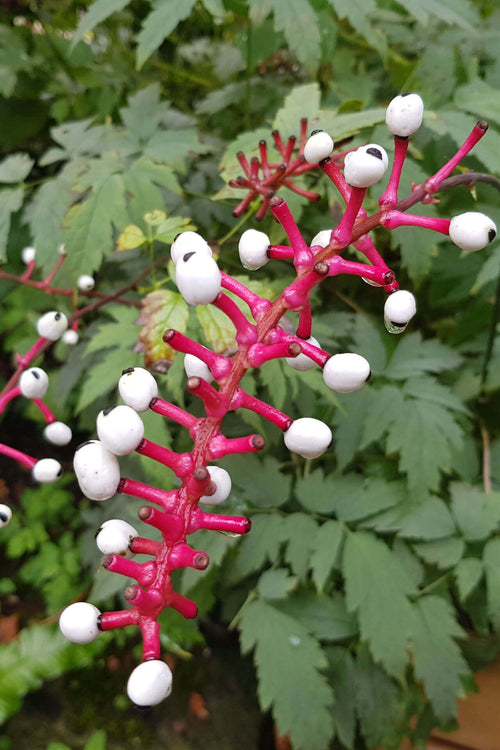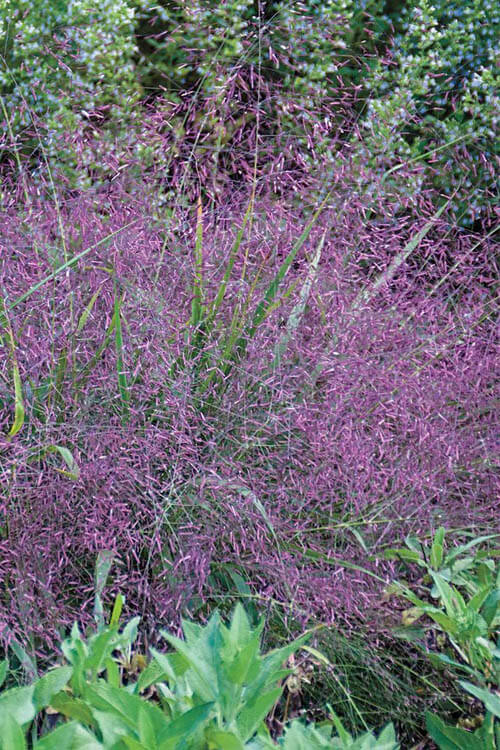How to Make a Living Off Your Perennial Garden
For many, the thought of turning a passion for gardening into a sustainable livelihood is a dream come true. If you have a perennial garden you've poured your heart into, it's not just a hobby – an opportunity waiting to be explored. Making a living off your perennial garden may seem daunting, but with dedication, creativity, and a solid plan, it's entirely possible. In this guide, we'll delve into the steps you can take to turn your garden into a source of income, from choosing the right plants to marketing your products and services.
Selecting the Right Perennials The first step towards making a living off your perennial garden is to ensure you're growing the right plants. Perennials are known for longevity; choosing the right ones can significantly impact your success. Consider the following factors:
If you aspire to become a successful perennial gardener and make a living from your garden, you need to plan and maintain it meticulously. Here are some detailed tips to help you achieve a thriving garden:
Market Demand: To start, it's crucial to research the plants that are in demand in your local area. Your area's climate and customer preferences can significantly influence what sells best. By understanding your local market demand, you can grow plants with a higher chance of selling.
Diversity: Create a diverse garden with various perennials that bloom at different times of the year. Doing so can extend your selling season and attract a broader range of customers. Multiple plants can also make your garden more visually appealing and unique.
Specialty Plants: Consider growing unique or rare perennials with higher prices. Specialty plants can set you apart from your competitors and attract customers looking for something exclusive.
Site Selection: Choose a convenient place for your garden with adequate sunlight and good soil quality. The area of your garden can significantly impact the growth of your plants. So, choosing a spot that can provide optimal growing conditions is essential.
Soil Preparation: Invest in soil testing and amend your soil to create optimal growing conditions. Different plants require different soil conditions, so it's crucial to test and amend your soil accordingly. By doing so, you can ensure that your plants get the nutrients necessary to thrive. We also offer Deer Resistant Perennials.
Pest and Disease Control: Implement an integrated pest management (I.P.M.) strategy to protect your plants from pests and diseases without harmful chemicals. Pests and diseases can significantly damage your garden and reduce your yields. By implementing an I.P.M. strategy, you can underrate the harm to your plants and avoid using harmful chemicals.
Watering and Irrigation: Install an efficient irrigation system to ensure consistent moisture levels for your plants. Watering your plants at the right time and in the right amount is crucial for their growth. An efficient irrigation system can help you regulate the water supply and avoid over or under-watering your plants.
Regular Maintenance: Stay on top of weeding, pruning, and deadheading to keep your garden looking its best. Routine upkeep is essential to keep your garden fit and visually appealing. By staying on top of weeding, pruning, and deadheading, you can ensure that your plants are thriving and your garden looks its best.
Propagation and Division One way to increase your perennial garden's productivity is by propagating and dividing plants:
If you're interested in gardening, you may already know that perennials can be propagated through cuttings, division, or seed propagation. This will help you grow more plants without buying additional stock.
You need to market your products effectively to make your perennial garden a profitable venture.
1. Build an Online Presence: Creating a website or social media profile can help you showcase your garden and products. Share photos, gardening tips, and information about upcoming sales to attract customers.
2. Participate in Farmers' Markets and Plant Sales: You can connect with customers directly by participating in local farmers' markets or hosting your plant sales.
3. Network: Join gardening clubs and associations and attend horticultural events to network with fellow gardeners and potential customers.
4. Sell on Online Marketplaces: Consider selling your plants through online marketplaces like Etsy or eBay to expand your reach.
5. Offer Gardening Workshops: Consider offering gardening workshops or classes to share your expertise and generate additional income.
Remember, dividing established perennials can help them thrive and provide you with extra plants to sell or trade.
Sustainable Practices Incorporating sustainable practices into your perennial garden not only helps the environment but can also attract eco-conscious customers:
If you're interested in starting a perennial garden and want to make it successful, below are a few tips that you can follow:
1. Organic Gardening: Consider using organic fertilizers and pesticides. This will appeal to customers who prioritize chemical-free products.
2. Water Conservation: Implement water-efficient irrigation systems and collect rainwater. This will help in reducing water consumption.
3. Composting: Set up a composting system to recycle garden waste and create nutrient-rich soil amendments.
4. Native Plants: Include native perennials in your garden. They require less maintenance and support local ecosystems.
Apart from the above tips, you can also diversify your income streams by offering value-added products and services related to your garden:
1. Garden Design and Consultation: Transmit your expertise by presenting garden design services and consultations to customers looking to improve their gardens.
2. Garden Tours: Host guided tours of your garden. This will allow visitors to appreciate its beauty while providing an additional revenue stream.
3. Artisanal Products: Use herbs and flowers from your garden to create artisanal products like herbal teas, bath salts, or potpourri.
4. Gardening Tools and Accessories: Sell gardening tools, accessories, and decor that complement your garden's aesthetic.
Financial Planning and record-keeping To make a living from your perennial garden, you must maintain a sound financial footing:
Please keep in mind the following tips to run a successful Perennial Garden business:
1. Budgeting: Create a budget that includes expenses like seeds, soil amendments, and maintenance costs.
2. Pricing Strategy: Set competitive prices for your plants and products that reflect their quality and uniqueness.
3. Record Keeping: Keep accurate sales, expenses, and profits records to track your business's financial health and make informed decisions.
4. Taxes and Legalities: Understand the tax implications of your gardening business and comply with local regulations.
Adaptability and Continuous Learning
The gardening industry is constantly changing, so staying informed and adaptable is essential. Here are some ways to do that:
1. Education: Continuously expand your gardening knowledge by attending workshops, courses, and reading industry publications.
2. Market Trends: Maintain a watch on market trends and adapt your offerings to meet changing customer preferences.
3. Feedback: Listen to customer feedback and use it to improve your garden and business. Conclusion
Transforming your perennial garden into a source of income is achievable with the right approach and dedication. You can turn your love into a profitable experience by selecting the right perennials, maintaining your garden meticulously, marketing your products effectively, and embracing sustainable practices. Remember that adaptability, continuous learning, and financial planning are essential for long-term success. With determination and a green thumb, you can make a living off your perennial garden while sharing the beauty of nature with others. One of the most unique flowers is Baneberry Doll Eye.



















































